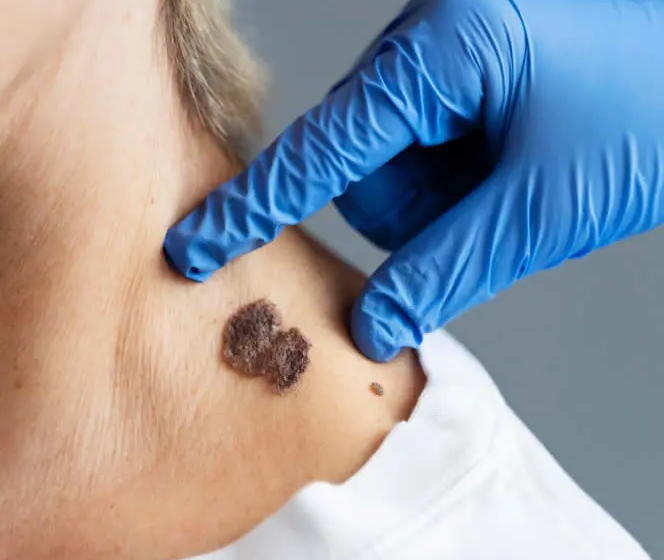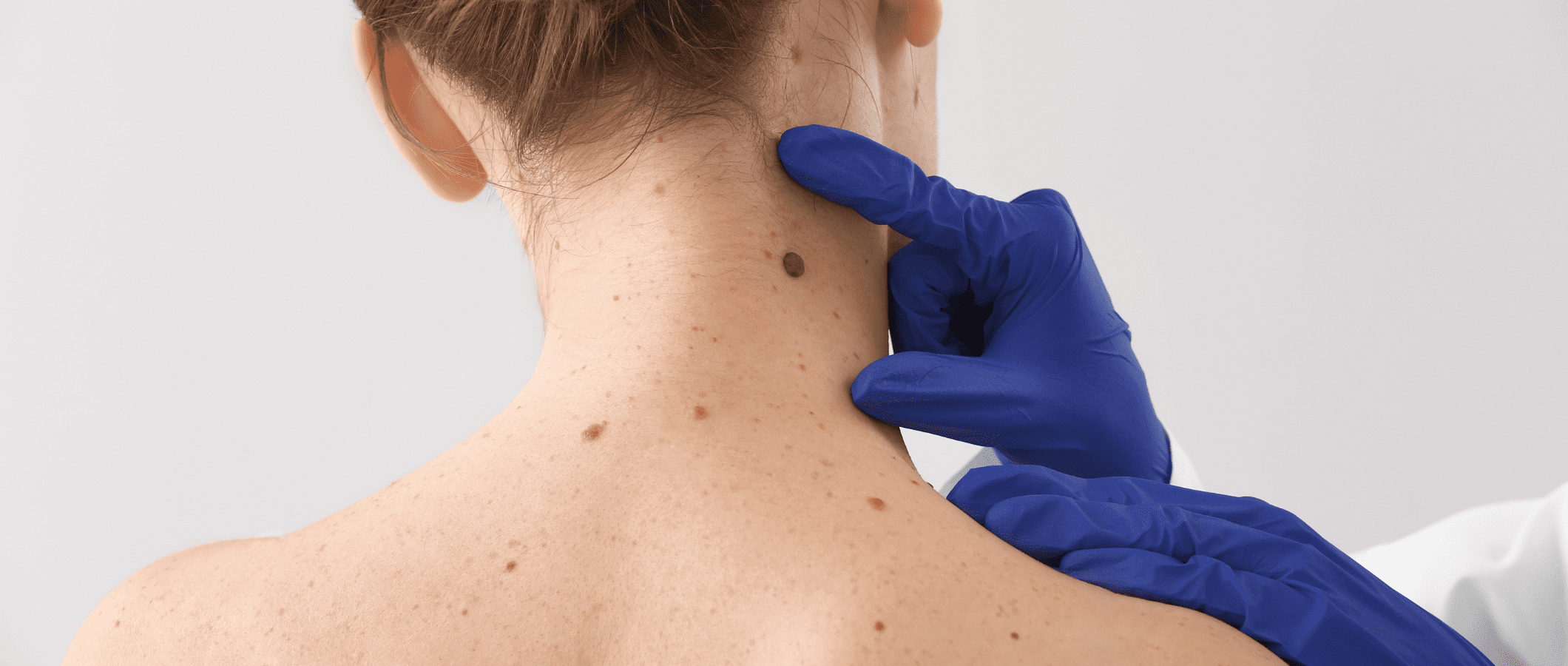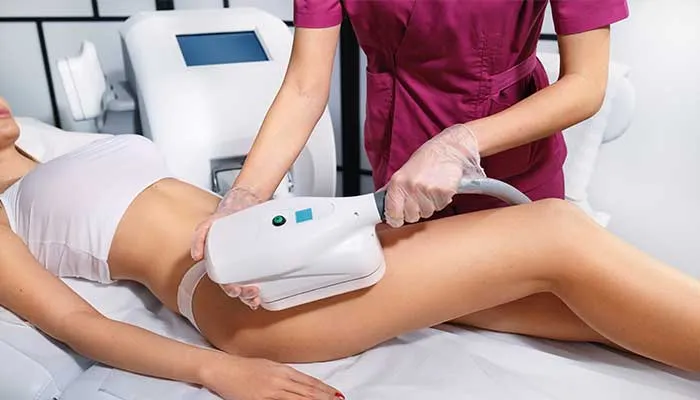Mole Removal: When to Seek Professional Help

Mole removal is a procedure that is often carried out for cosmetic, medical, or safety reasons. While some moles may be harmless and non-threatening, others can raise concerns about skin health and potential risks, such as skin cancer. Understanding when to seek professional help for mole removal is crucial to ensure that the process is done safely and effectively. Below are some important scenarios when it’s best to consult a healthcare professional for Mole Removal in Dubai.
Suspicious Changes in the Mole
One of the key indicators that you should seek professional help for mole removal is if the mole shows signs of abnormality. Changes in size, shape, color, or texture could be a warning sign of skin cancer, particularly melanoma. The ABCDE rule is often used to assess moles for potential malignancy:
- Asymmetry: The mole has an uneven shape.
- Border: The edges of the mole are irregular.
- Color: The mole has multiple colors or uneven coloring.
- Diameter: The mole is larger than a pencil eraser.
- Evolving: The mole is changing in size, shape, or color.
If you notice any of these signs, it’s important to seek professional evaluation and possibly have the mole removed and biopsied.
History of Skin Cancer
If you have a personal or family history of skin cancer, particularly melanoma, you may be at higher risk for developing abnormal moles or skin cancer in the future. Regular mole checks and professional evaluations are essential for monitoring the development of new moles or changes to existing ones. A dermatologist can help you stay vigilant and ensure that any concerning moles are removed before they become a problem.
Painful or Irritated Moles
Moles that are painful, itchy, or inflamed should be evaluated by a healthcare professional. This could be a sign of an infection or an underlying issue that requires medical attention. Additionally, moles in areas that are regularly irritated due to friction from clothing, shaving, or sun exposure may need to be removed to prevent further complications or discomfort.
Unusually Large or Growing Moles
If a mole appears unusually large, rapidly growing, or suddenly becomes raised when it was previously flat, this could be a cause for concern. A mole that continues to grow in size over time may indicate that it’s turning into a dangerous form of skin cancer. Seeking professional help for mole removal will help ensure that it is carefully examined and removed, if necessary.
Moles in High-Risk Areas
Moles in areas that are difficult to monitor or regularly exposed to the sun, such as the scalp, back, or face, can be more prone to skin damage and should be evaluated by a professional. If a mole is in a location where it may be difficult to keep an eye on, it’s wise to have a healthcare provider remove it to reduce the risk of unnoticed changes that could lead to complications.
Cosmetic Concerns
Some individuals choose to remove moles for cosmetic reasons, especially if they are in visible areas such as the face, neck, or hands. If a mole causes self-consciousness or affects confidence, seeking a professional for removal is an option. A dermatologist can recommend the most suitable method of mole removal, ensuring the process is safe and the results are aesthetically pleasing.
Diagnosis of Suspicious Moles
If a mole has characteristics that make it look suspicious, such as asymmetry, uneven color, or bleeding, a professional evaluation is essential. A doctor or dermatologist can perform a biopsy on the mole to determine if it is cancerous. If the mole is indeed a threat, early removal is crucial for successful treatment.
Professional Expertise for Safe Removal
While at-home mole removal methods may seem tempting, they can lead to complications, such as infection, scarring, or incomplete removal. It’s always safer to trust a medical professional to remove a mole, especially if there is any suspicion that it could be malignant. Healthcare providers use sterilized tools and proper techniques to ensure the mole is removed safely, with minimal risk of complications.
Conclusion
Knowing when to seek professional help for mole removal is essential to ensure your safety and well-being. If you notice changes in a mole, have a history of skin cancer, or are concerned about the cosmetic appearance of a mole, it’s important to consult a dermatologist. A professional can assess the mole, recommend the best course of action, and remove it safely if necessary. Remember, when it comes to mole removal, it’s always better to err on the side of caution and seek expert medical guidance.




